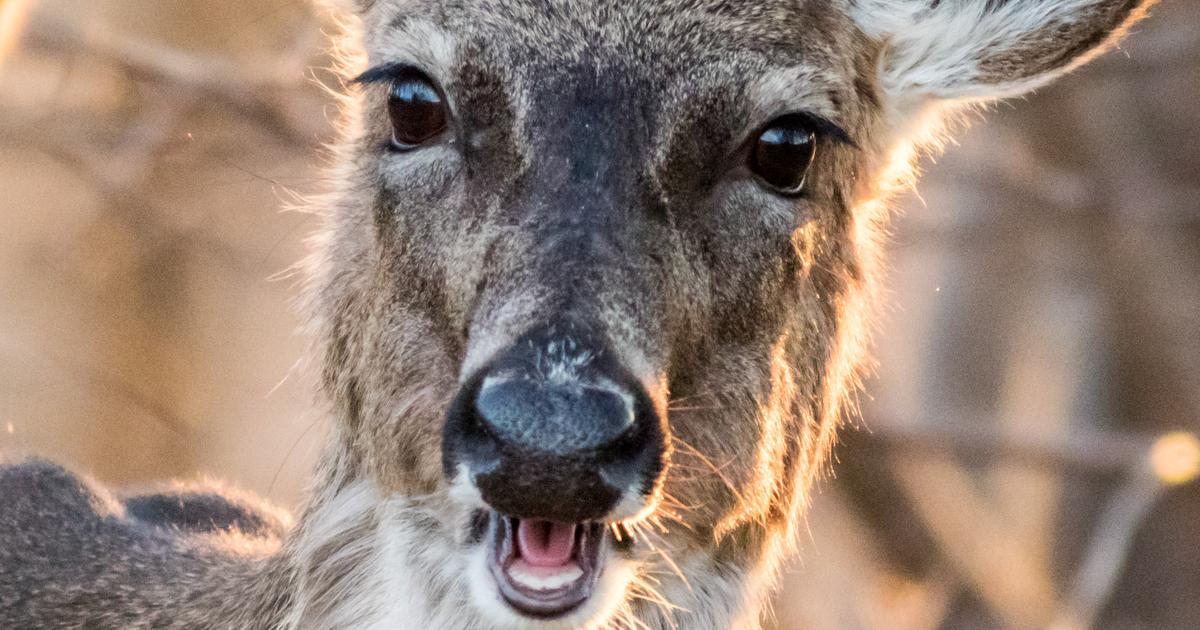What Is Zombie Deer Disease (Chronic Wasting Disease)?
Zombie deer disease, also known as chronic wasting disease, is an infectious condition that primarily occurs in deer and elk. The infection is related to mad cow disease (bovine spongiform encephalopathy), and it can be present in animals for at least one year before symptoms develop. There is no cure for the disease, and the condition is always fatal. Some animals die without ever having displayed any symptoms, and others experience rapid weight loss, lethargy, coordination difficulties, and confusion. As of 2019, twenty-four states in the United States and two Canadian provinces have reported cases of chronic wasting disease in free-range deer and elk.
Some of the major facts about this condition are outlined below.
Basic Definition

Chronic wasting disease is a progressive neurodegenerative disease spread by prions. Prions are infectious proteins that act as transmission vehicles for spongiform encephalopathies, including zombie deer disease and mad cow disease. Scientists first identified zombie deer disease in the 1960s, and the condition leads to symptoms that resemble dementia, ultimately resulting in death. The disease is spreading among wild deer populations, and it is also increasing in captive populations of deer, elk, and reindeer. Experts believe the increases are largely due to the ways in which humans trade hoofed mammals and deer. In addition to deer, elk, and reindeer, the condition can also infect moose. The fact that zombie deer disease is spread by prions is one of the reasons it is always fatal. Unlike bacteria and viruses, prions cannot be killed, and this makes treatment very difficult.
Continue reading to learn about where this condition occurs next.
Where It Occurs

Currently, experts have identified zombie deer disease in free-range deer populations in twenty-four states and two Canadian provinces. In the United States, Western states such as Wyoming, Montana, Colorado, and Utah have a particularly high prevalence of this condition, and it has been reported in Eastern states such as Pennsylvania and New York too. The disease can only be diagnosed by testing brain tissue after an animal's death, so current methods will only indicate where the disease was in the recent past, not necessarily everywhere it might be at any given moment. Since free-range deer often travel forty miles or more, infected animals could spread the disease in their feces and urine, and any disease transmission that occurs in this way would not be picked up by existing tracking methods. In terms of other places where it occurs, zombie deer disease has also been identified in Norway and South Korea. Some outbreaks of chronic wasting disease have been traced to holiday petting zoos; reindeer are often transported to other countries for these.
Get familiar with how humans are affected next.
